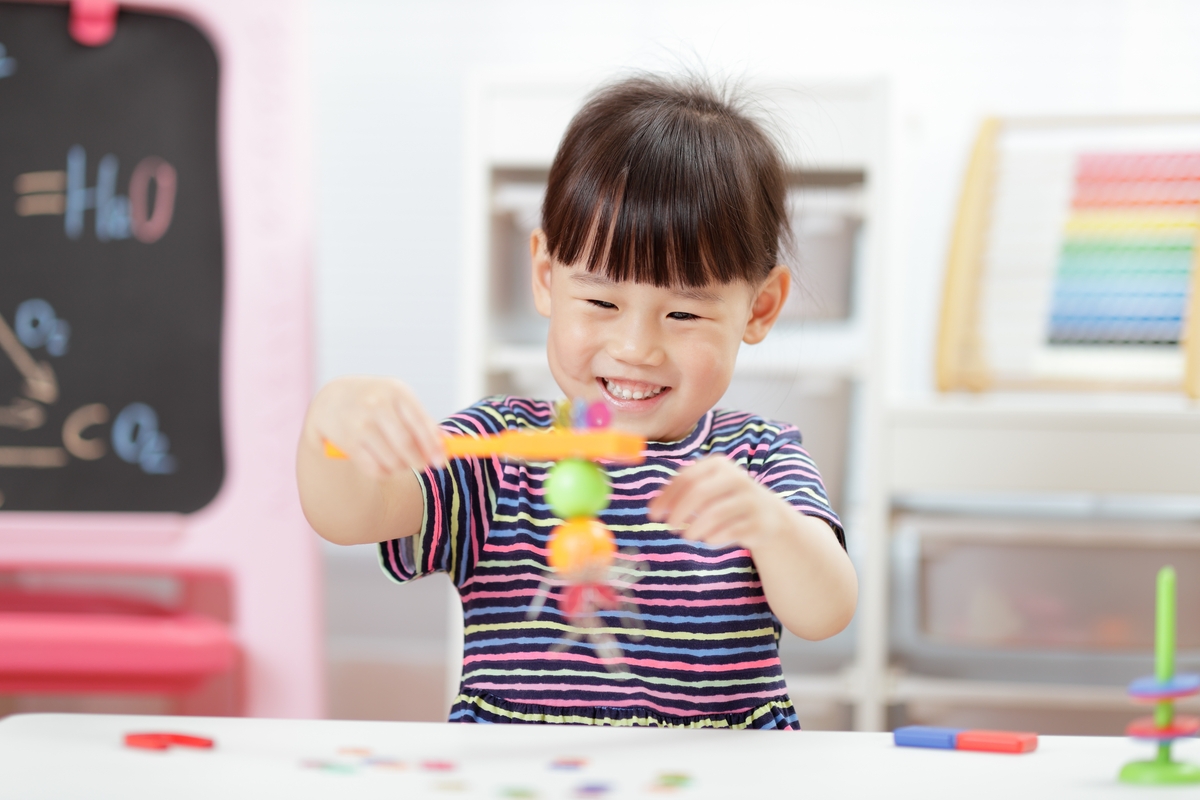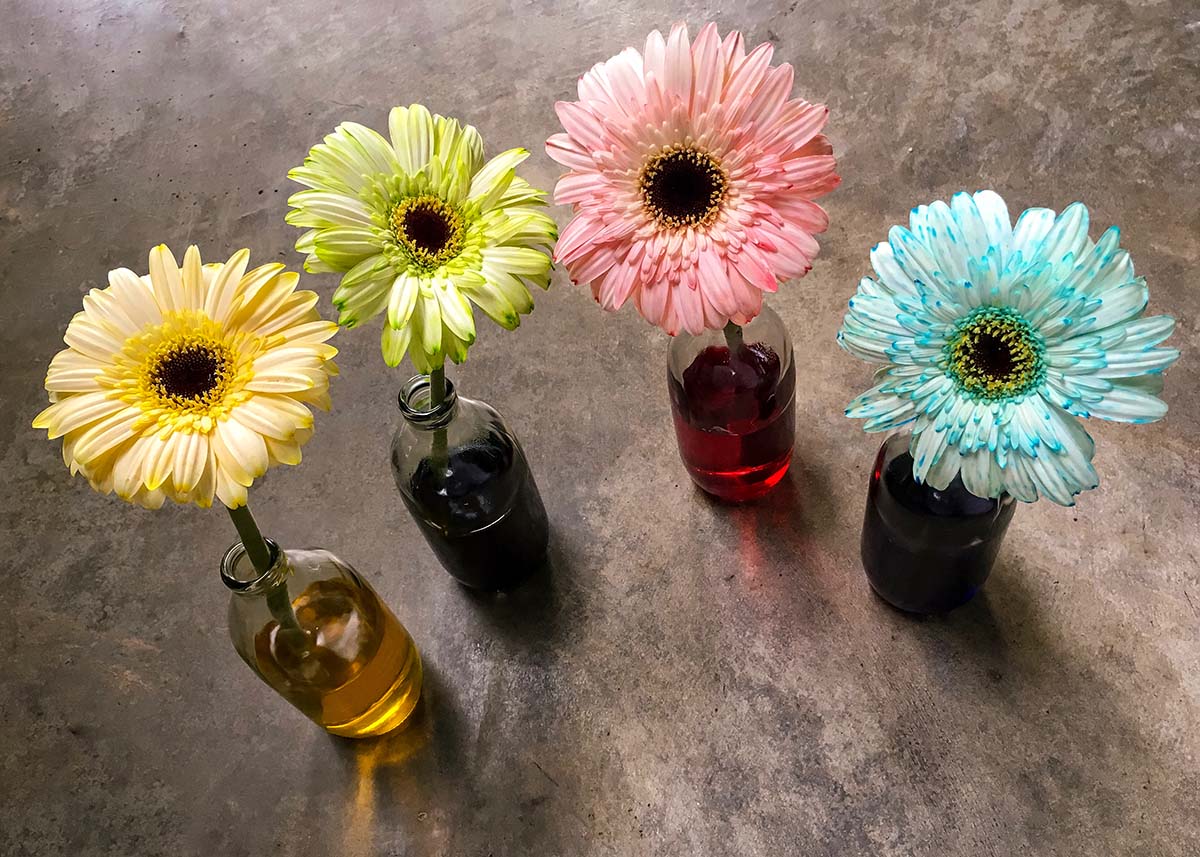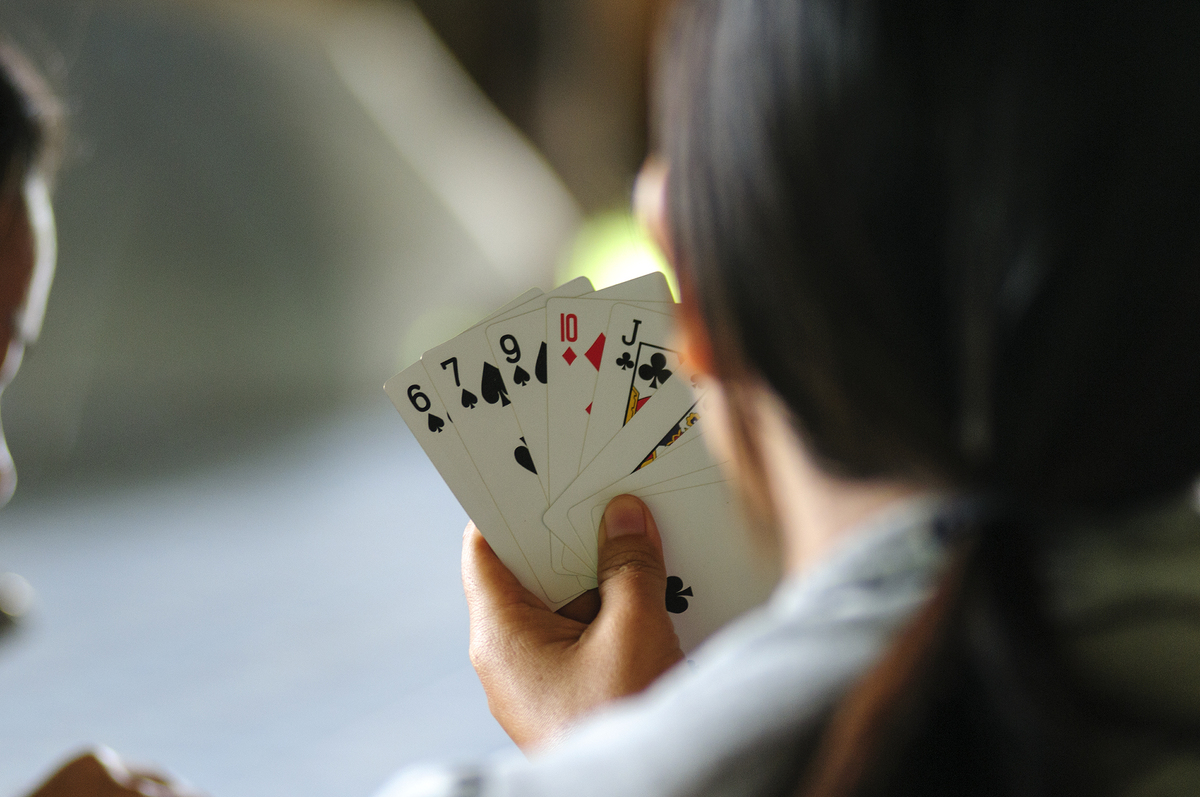
STEM subjects (Science, Technology, Engineering, Math) help build important skills kids need for school and in their future careers. These aren’t just learning STEM skills, but also problem solving, creativity, and adaptability that come with these subjects. Here at Spark Math by Spark Education, we not only excel in putting the “M” in STEM, we know the importance of making STEM part of everyday life. In this new series, we are going to explore some of the most fun, interactive, and educational STEM activities by grade level that you can try at home during the June holidays. Check out Spark Math’s blog on “Top 3 Fun STEM Activities for Pre-K & Kindergarten Kids!”
1) Magnetic Fishing
Magnetic fishing is a really fun way to explain the difference between magnetic and non-magnetic items. All you need is a small magnet tied to one half of a string, and then tie the other half to a stick. Fill a bucket or bin with metal and non-metal items, and let kids find out what is and isn’t magnetic. For kindergarten kids, this can demonstrate how magnets and magnetic fields work. Young learners respond best to engaging and hands-on activities.

Magnetic Fishing with a Math Twist
Looking for some additional education while fishing? Pick up some number and letter magnets and have kids try and identify the different numbers and letters they catch. This is a fun, interactive way to practise counting and letter identification. After fishing, put the number magnets in order or create bigger numbers..
Magnets are used for more than just sticking art to the refrigerator. Magnetic fields can help people find a way home with a compass, or travel home on the world’s fastest trains. Magnets might seem like magic at first, but are naturally occurring. The Earth itself is a giant magnet. Scientists have found out that with electricity and certain materials, they can create stronger magnets to move huge items and even see broken bones with magnetic resonance imaging (MRI) machines. The use of magnets is part of everyday life and some of the top STEM careers, like engineering and medical fields.

2) Colour Changing Flowers
Nothing is prettier or smells better than flowers in full bloom. In pre-k and kindergarten, kids start learning about nature and how such beautiful flowers grow. One of the earliest lessons children learn is how essential water is for plant growth. How about letting children experience it in greater detail through a fun and enriching experiment? Here’s a hands-on activity to show how flowers absorb and spread water throughout their systems.
For this experiment, you’re going to need some white flowers (like carnations or roses), food colouring, and some vases or big cups. To start off this experiment, an adult is going to need to do a little of the work. Trim the bottoms of 4 flower stems with scissors. Then fill 4 vases or tall glasses with water and add a different colour of food colouring to each. Put the flowers into the glasses and let them sit for a few days. As the days go by, you will start seeing the process of how the flowers drink up the water. This will leave you with some colourful flowers and a better understanding of how plants receive their water and nutrients.
3) Using Playing Cards & Math
A deck of standard playing cards or a game like UNO can be used for more than a fun family game night. Cards and number games are an interactive way to work on pre-k and kindergarten math skills like number recognition, counting, simple addition, and subtraction. Most children should be able to count to 10 (or more) by the beginning of pre-k. By the end of kindergarten, kids should be able to count up to 100, even if they need a little more time to write larger numbers. With playing cards, kids have both physical and pictorial representations of numbers.
There are tons of activities to use cards to work on math. Take the chance to try out a few activities with your kids while they are free during the June holidays. Grow counting skills by letting kids put the number cards in order from 1-10. With playing cards or UNO cards, kids can also work on patterns and colours by putting cards in number order in groups based on their colour or card suit. With this card activity, kids interact with shapes, colours, counting, and number recognition.

Cards are great for every grade!
The best part of playing cards is how you can adapt them to be used for so many math concepts as kids grow. For kids in kindergarten looking for a challenge, have them use cards to create addition and subtraction problems. Playing cards give kids a hands-on tool to create simple equations within the number 10. Playing cards are some of the most versatile manipulatives for showing math skills, not only in pre-k and kindergarten, but throughout a child’s education.
Looking for more fun and interactive STEM activities for every grade? Check out our Spark Education blog for great news and activities the whole family can enjoy. Looking for a weekly online class filled with learning activities, gamified learning, and all led by real experienced math teachers? Sign up to try a free demo class today!
For more in our STEM Activities series:
Pre- K / Kindergarten – Primary 1 – Primary 2 – Primary 3 – Primary 4 – Primary 5




